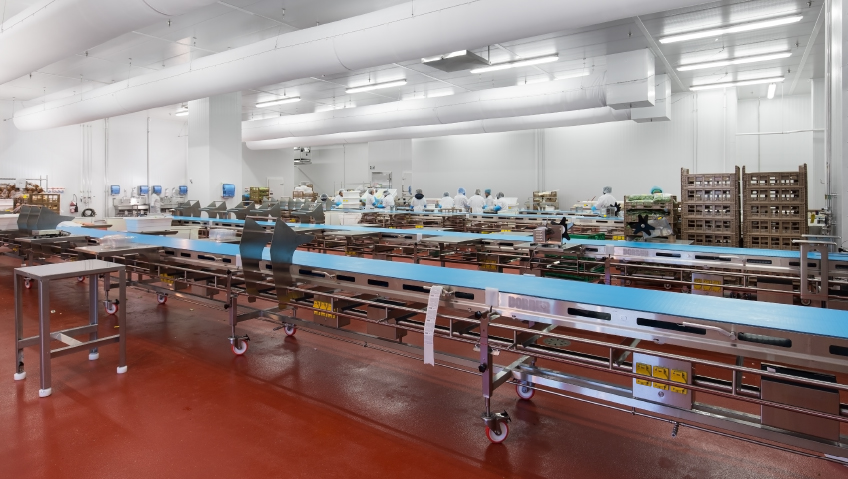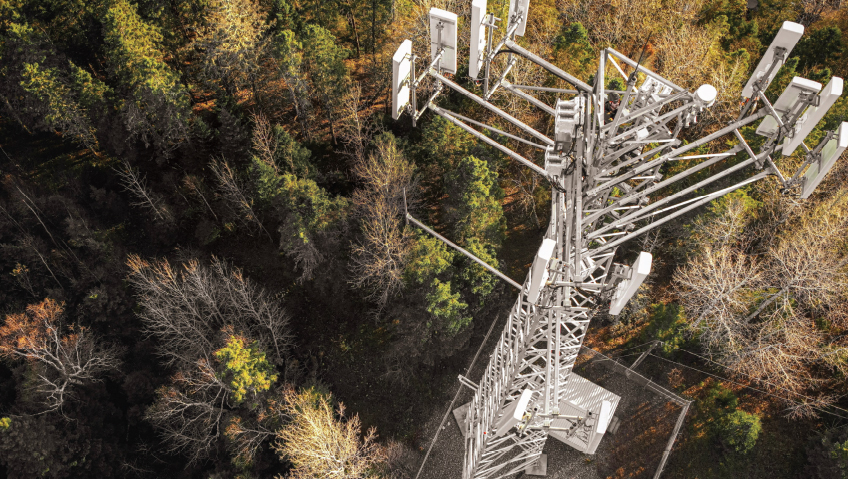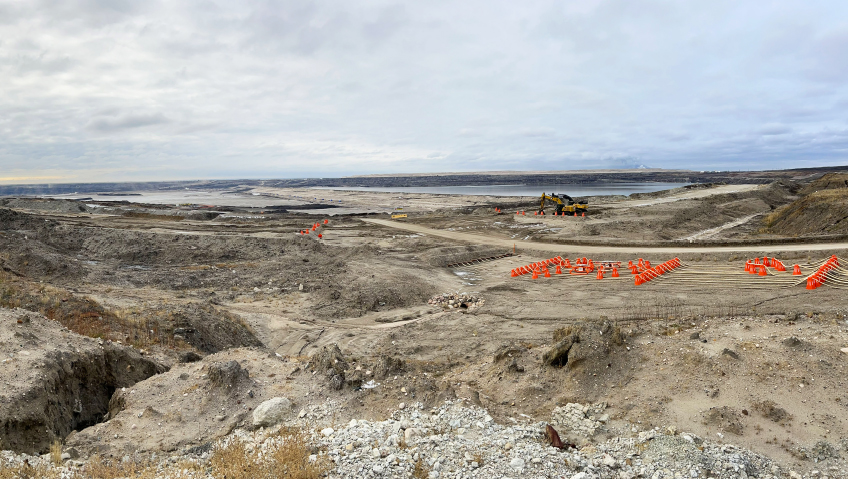Being engaged in around 130 design projects at a time is a remarkable achievement. But, when these projects involve demanding certification and licensing standards, it’s a different matter completely. As a mover and shaker in the human and animal medical design sphere, MD Architects’ team of around 54 industry professionals has its finger closely on the pulse of this vibrant niche market, both locally and globally.
With studio locations in Indianapolis, Indiana; Seattle, Washington; and Boston, Massachusetts, MD Architects is always ready to assist and adapt to changing market demands. There’s no room here for stagnation or complacency because, as technology and human medicine evolve, the level of professional pet care follows suit.
Animal and human healthcare
As a full-service architecture and design firm with an extraordinary track record in advanced facilities for animal and human medicine, this team has no shortage of new opportunities. Clients looking to establish truly next-generation facilities trust MD Architects to guide them through the design and construction process by asking future-focused questions and anticipating every possible pitfall. With a sterling track record supporting such premium clients as Middle Eastern royalty, the company is accustomed to working with large international teams, delivering custom animal-care facility designs that are among the best in the world.
From cardiology and ophthalmology to dental care and more, MD Architects brings all its knowledge gleaned from working in the design of human healthcare to those of our furry friends.
“There’s a level of knowledge that transitions between human and animal healthcare. There are a lot of the same procedures,” explains Johanna McManus, Studio Director and Lead Designer. As a result, all facilities typically require particular finishes, specialized layouts, and expert installation of sophisticated equipment.
Hitting the ground running
In the process, the team has developed a unique skill set and design repertoire. They also know the industry demands and language required to communicate with suppliers and educate clients. As a result, MD Architects can often introduce clients to options and possibilities they had not thought of or did not know existed. “We hit the ground running,” McManus says.
By working with an expert team that knows just about all there is to know about design and building requirements for human and animal medical facilities alike, MD Architects’ clients know they are getting the best on every project. Having completed a vast range of related projects, the company brings all that knowledge and expertise to every new job. It is familiar with all the required certifications and with Department of Health licensing standards, plus the mechanical, electrical, and plumbing engineering (MEP) requirements involved in design and construction for each different area of medicine.
And, while animal healthcare is not as stringent as human medicine in terms of facility standards, many veterinary operations turn to human medicine standards for guidance on best practices and to help improve the overall experience for pets and their owners.
To assist clients in achieving these goals, the company’s architects help project owners work through the tough details that make for good decisions—like why dogs and cats need separate waiting rooms; the importance of odor and sound control; what type of heating, ventilation, and air conditioning systems work best in operating theatres; optimal design for drug dispensaries where hazardous and controlled substances are involved; meeting future licensing requirements; and such down-to-earth matters such as material durability.
As seasoned professionals in the field, collaborating with contractors who are fellow experts in this specialized area of construction is a given—which means that there’s little this team has not thought of on their clients’ behalf.
Grounding principles
Rick Renschen, Founder and President, notes that this shift toward improving the level of animal care has been trending since 2005 when the company signed its first specialty animal hospital project. Human healthcare was the grounding principle on which the company was founded in 2000, allowing it to shape this continuing trend. Today, this is becoming the norm industry-wide as veterinarians increasingly invest in ever-improving technology to provide pet care that is more humane and efficient than ever.
The original 2005 project led to more national business as a merger of the original company brought an expansion in its footprint. The new owners were so impressed with MD Architects’ level of knowledge and outstanding quality, that putting the team in charge of its other animal hospital projects was the obvious next step, and a defining factor in the future of the design company.
“Now people are seeking us out. We work in roughly 40 states and internationally across Asia in Hong Kong, Singapore, and Thailand,” Renschen says. The company is also completing projects in Spain, Belgium, and Germany.
Some of the more interesting developments thus far involve designing exotic pet hospitals in places like Thailand where people’s relationship with space may be different from the typical North American approach. In locations where space is at a premium, alternative solutions are sought as a matter of course. Always adaptable, the MD Architects team took that learning curve in stride. “It is super interesting doing new and different work,” Renschen says.
Closer to home, the company is currently working on a number of new projects, one of which is a large adaptive reuse project for an emergency animal hospital in California. Handling several interesting design challenges on this project means exploring fun and unexpected solutions which will, no doubt, render this a fantastic building to work in when complete.
Saving headaches
Certainly, there are many benefits to hiring a team with the level of knowledge and experience that this company has accumulated. The company delivers custom, well-informed ergonomics that render more effective workflow; identifies critical elements, like ensuring that staff breakrooms offer respite from the high noise levels typical in pet holding areas; and brings other insights, meaningfully improving operations in myriad ways. Known for demanding a high level of coordination amongst utility installations like medical gas, water, and electricity, for instance, having this team on board means clients enjoy consistent, seamless service delivery.
“We save people a lot of headaches. You can have a beautiful facility, but if you’ve skimped on critical elements, it’s not going to be good,” McManus notes.
Now and again, an unrelated but interesting project—like designing an unusual restaurant—might cross this team’s path. It also has a growing market in designing dental facilities, to the point where it has established a specialist design team that focuses solely on this industry, which is increasingly expanding into dental care for animals as well.
A large part of the company’s design services also focuses on laboratories and compounding pharmacy design for animals and humans alike. Here, the addition of cleanrooms and security become important considerations. With several of its architects holding Leadership in Energy and Environmental Design (LEED) certification, MD Architects is also equipped to deliver environmentally responsible, sustainable design. Beyond this, its teams are committed to choosing products that are kind to the environment over hazardous ones.
Future-proof
For many of its corporate clients, projects are one-offs, which means designing as much for future needs as for current demands. “Most doctors may have been exposed to three, four, or five clinics or hospitals in their days, where we have designed thousands of them,” Renschen says. While many clients initially arrive with set ideas and wishes, the team’s thorough questioning process often reveals weak areas in such plans that can then be remedied and adjusted before the real work begins, saving time, money, and much frustration later on.
As a leader amongst only a handful of professionals specializing in animal healthcare design in the United States, it is safe to say that MD Architects is an active contributor to the evolution of its facility design locally and abroad—an achievement that’s not going unnoticed.
Recently, two of the company’s projects were named winners of dvm360’s 2024 Hospital Design 360 Competition. MD’s design for Habitat Veterinary Hospital in Boise, Idaho won 2024 Hospital of the Year in the 3500 to 8000 square foot category, while its design for Pure Paws Veterinary Clinic in New York City was recognized with a Merit Award in the smaller than 3500 square foot category.
With the veterinary profession noted for high depression rates due to high stress and taxing schedules, taking all precautions to ensure that staff are comfortable and well cared for goes a long way to turning around the mental health situation for the valued people working in this field. By considering the needs of the staff who work in these facilities alongside those of the animals and their owners, project owners have a lot to consider in the design of their facilities, over and above building codes and licensing. With a growing number of its interior designers now certified—holding the National Council for Interior Design Qualification (NCIDQ)—the company adds significantly more value to its architectural services.
Keeping up
All these efforts have earned the company a tremendous reputation. At one point, so much work came in that there was no option but to divert clients to other firms. Then, recently, MD Architects acquired Architectural Werks, Inc., a Seattle company that prides itself on creating compassionate, healing designs. The acquisition has significantly grown the company’s capabilities to where it now envisions entering the higher education market for veterinary studies.
MD Architects’ diverse team from around the globe truly reflects its values of care and excellence. In creating a relaxed yet focused work environment where staff are allowed to bring their own pets to work, creativity soars and clients reap the benefits.
Clients also benefit from the firm’s commitment to developing strategies to speed up project processes. Renschen is especially proud of his team. “Working here is super fun,” he says. “I love our people because they love what they do. They love pets. They love coming to work.”
As its adaptive reuse market also expands, the company’s options are nearly endless. “Typically, clients come to us after they’ve made the purchase, which is unfortunate because we add a lot of value to the process of showing them the good, the bad, and the ugly,” Renschen says about guiding clients to buying with their eyes wide open, as he puts it.
Whatever the requirement, MD Architects has its heart in the right place—a good and noble characteristic for a designer in human and animal medicine to have.






